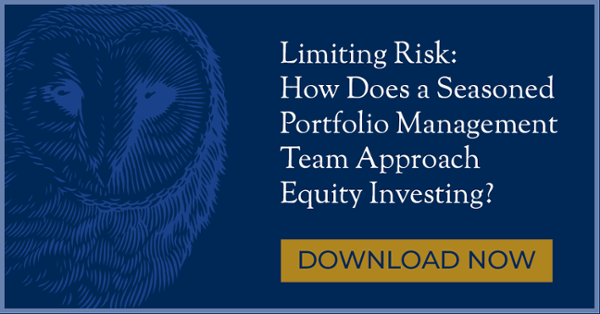What Should We Expect from Equity Markets During Presidential Election Years?
In case you somehow have not yet heard, 2020 is a presidential election year. In November, we Americans will go to the polls and collectively determine whether President Trump has earned another four years in office, or if we would be better served by the chosen Democrat candidate. While the race is sure to be hotly contested and the ad dollars good for network and social media bottom lines, what, if anything, does a presidential election portend for equity markets?
We are happy to say that history provides some good news! The stock market has been up in 19 of the 23 Presidential election years since 1928. Better still, the equity market is a perfect six-for-six in the elections in which a Republican candidate has sought re-election.
Does it matter who wins? According to a 2016 Kiplinger study1, not really. The market has historically performed well regardless of which party takes the White House, with a slight edge going to the Dems. As for the belief that a divided government is better than a united one, Kiplinger found that not to be the case. When one party gained full control of Congress and the White House, the S&P 500 averaged a 16.9% gain in the two following years. When one party controlled Congress while another occupied the White House, the gain was 15.6%. And the S&P 500 rose only 5.5% in the two years following a divided Congressional election.
One note of caution: according to Ed Cliswold and Thanh Nguyen of Ned Davis Research, uncertainty is the main risk during an election year. “Uncertainty heading into presidential elections often has been a headwind for the stock market until the market identifies the likely winner,” the two wrote2. “Given President Trump’s approval rating and the tight Democrat primary, the election uncertainty is likely to weigh on the market deep into 2020.”
2NDR



